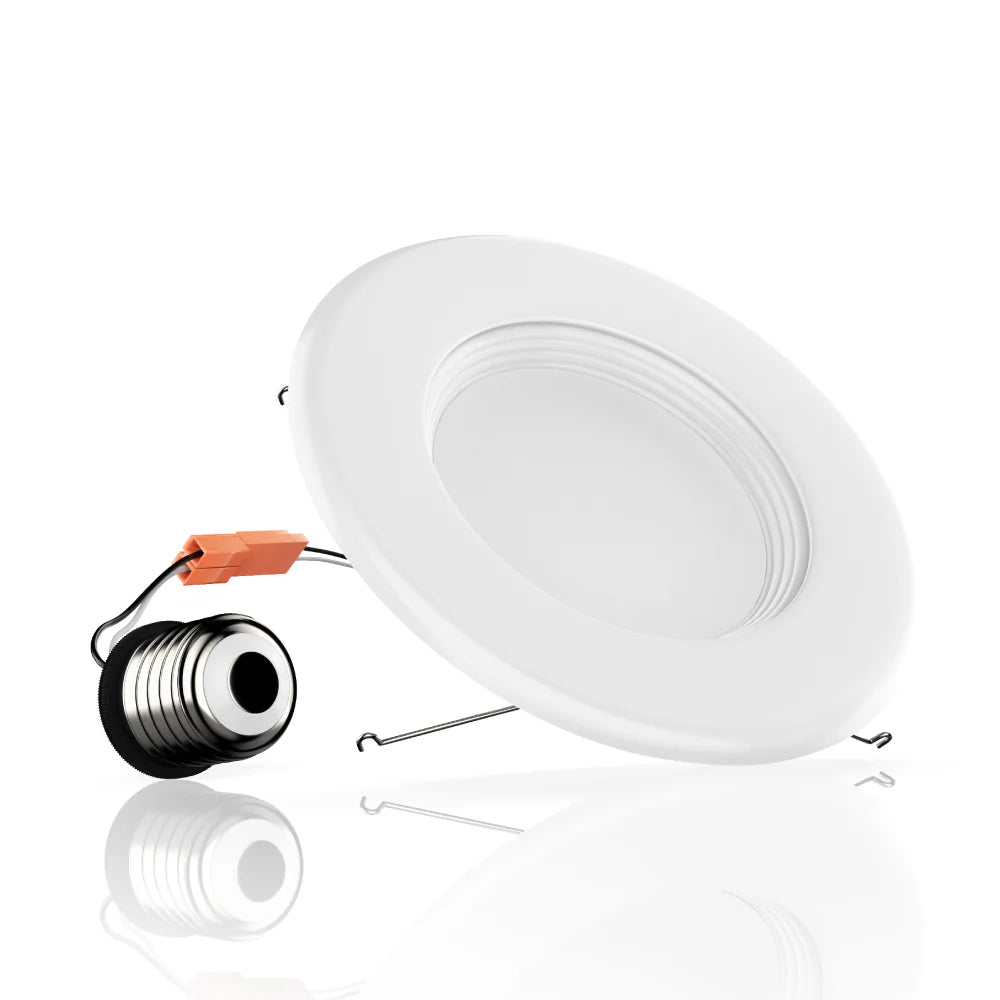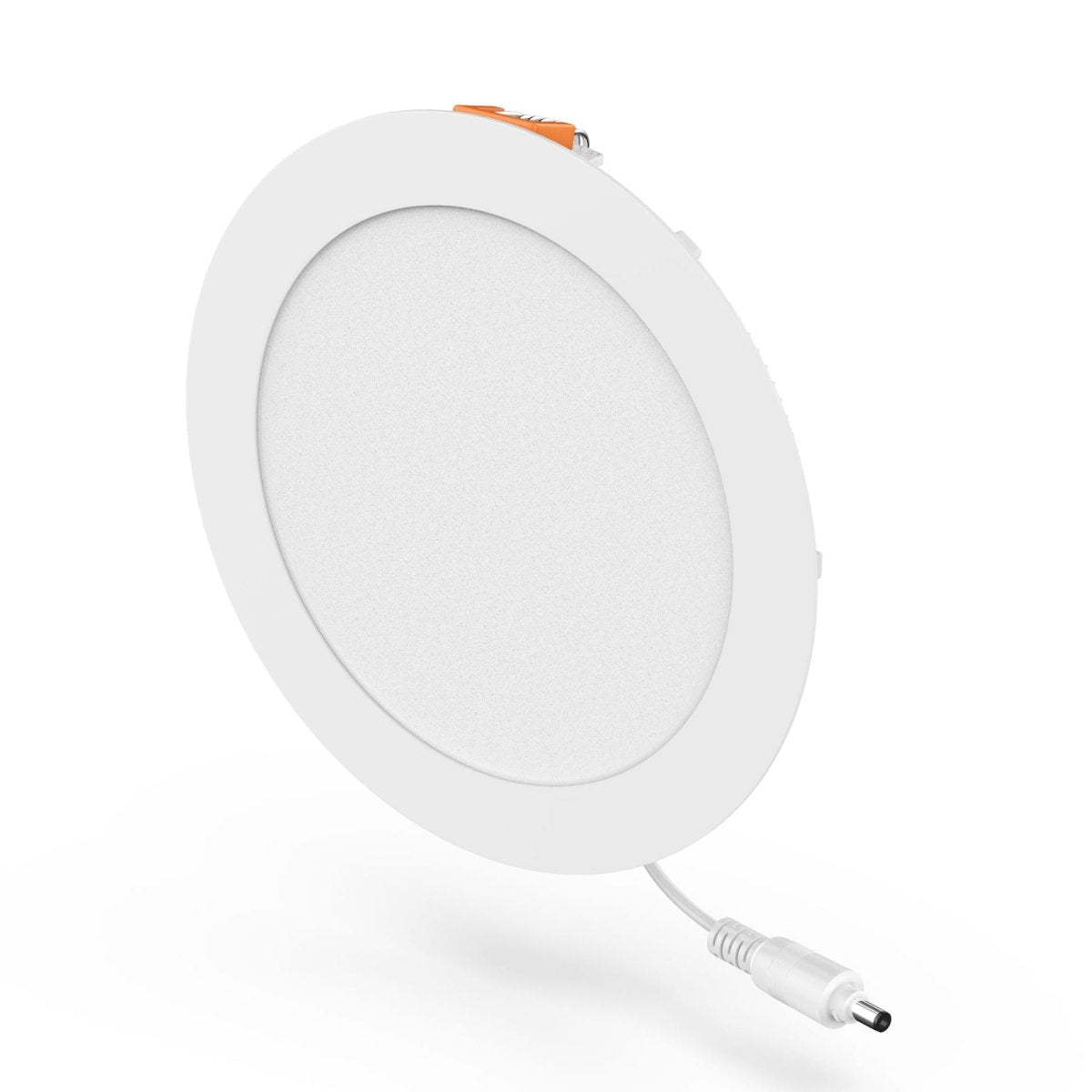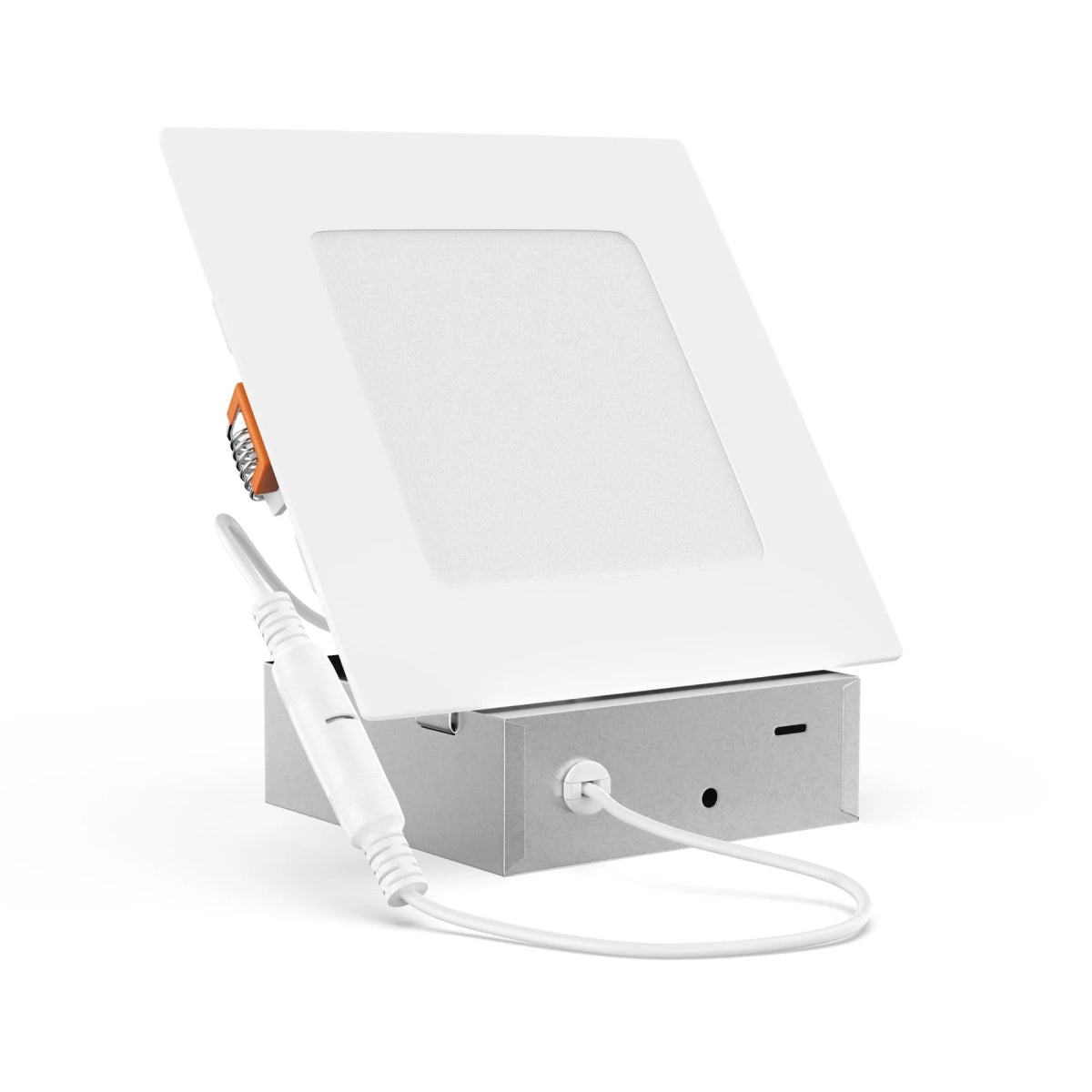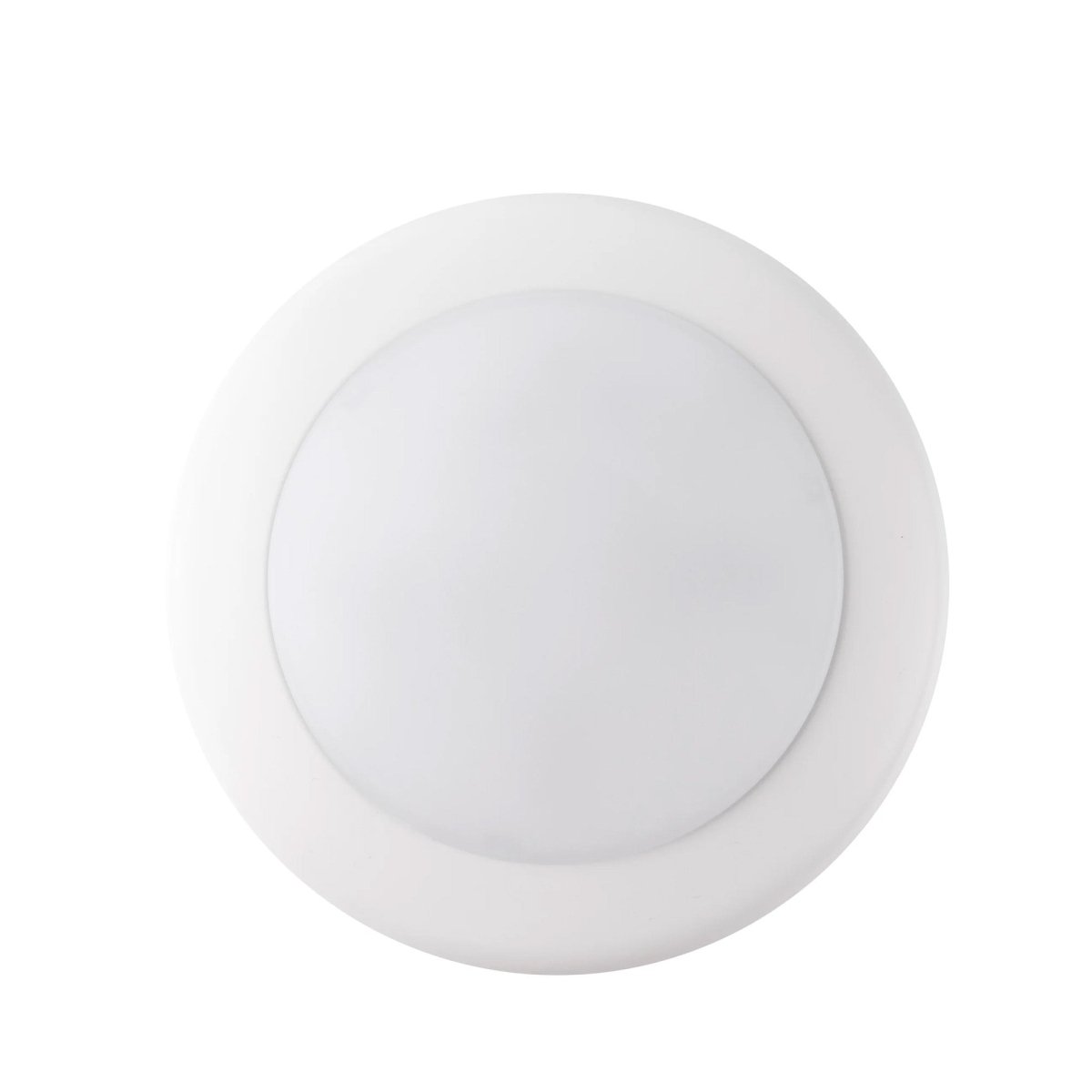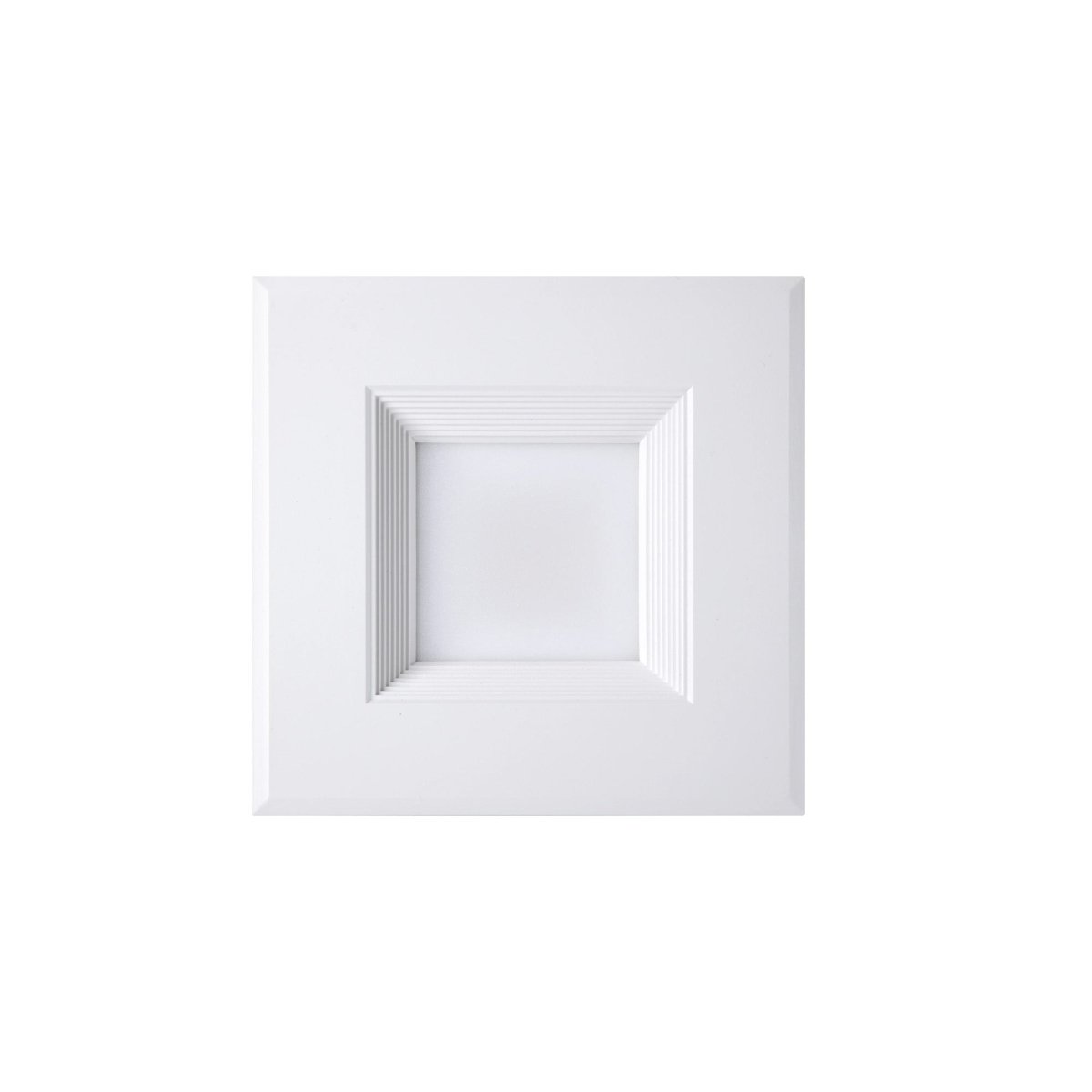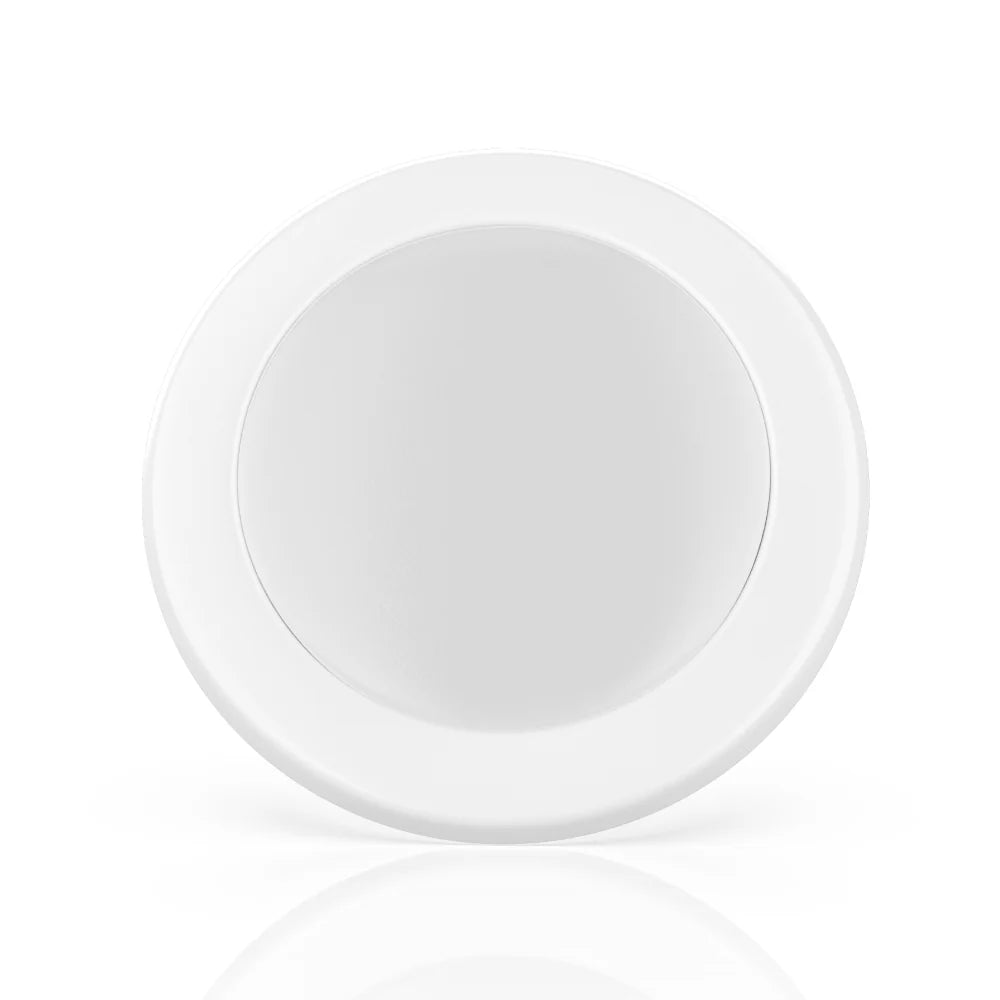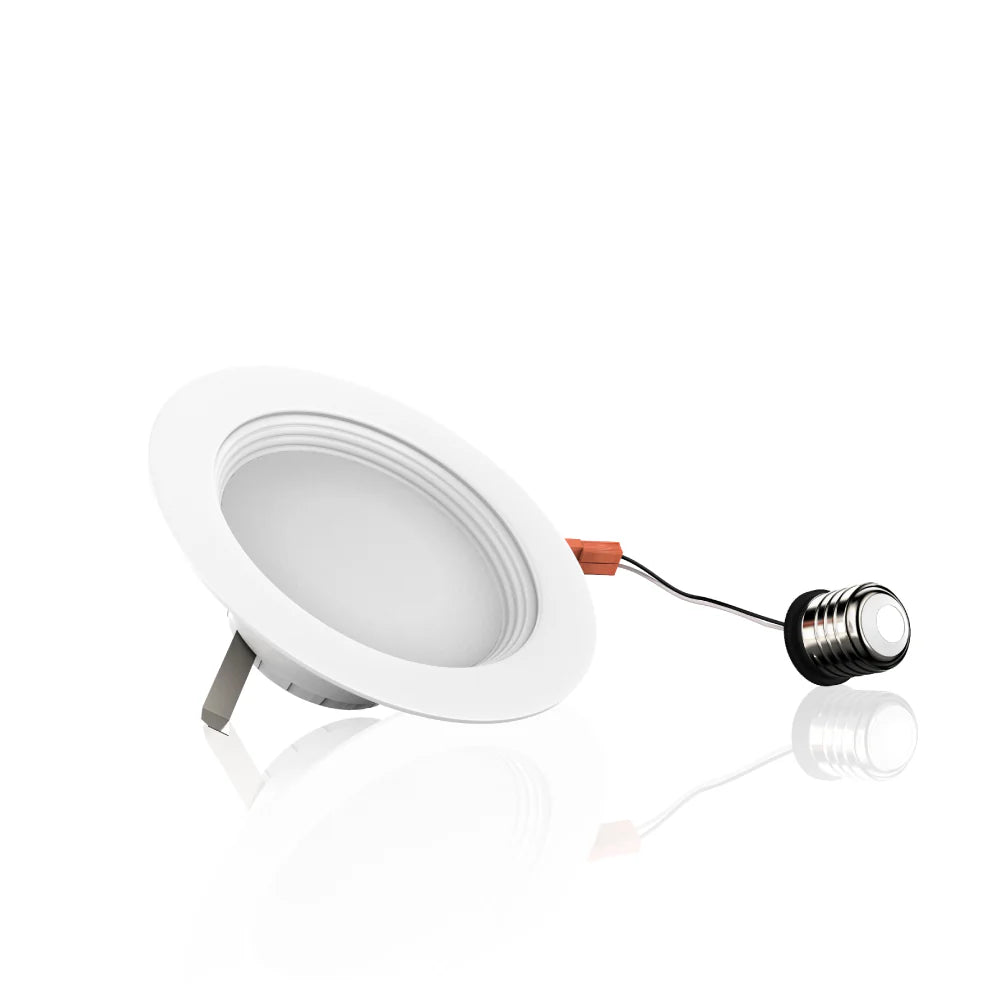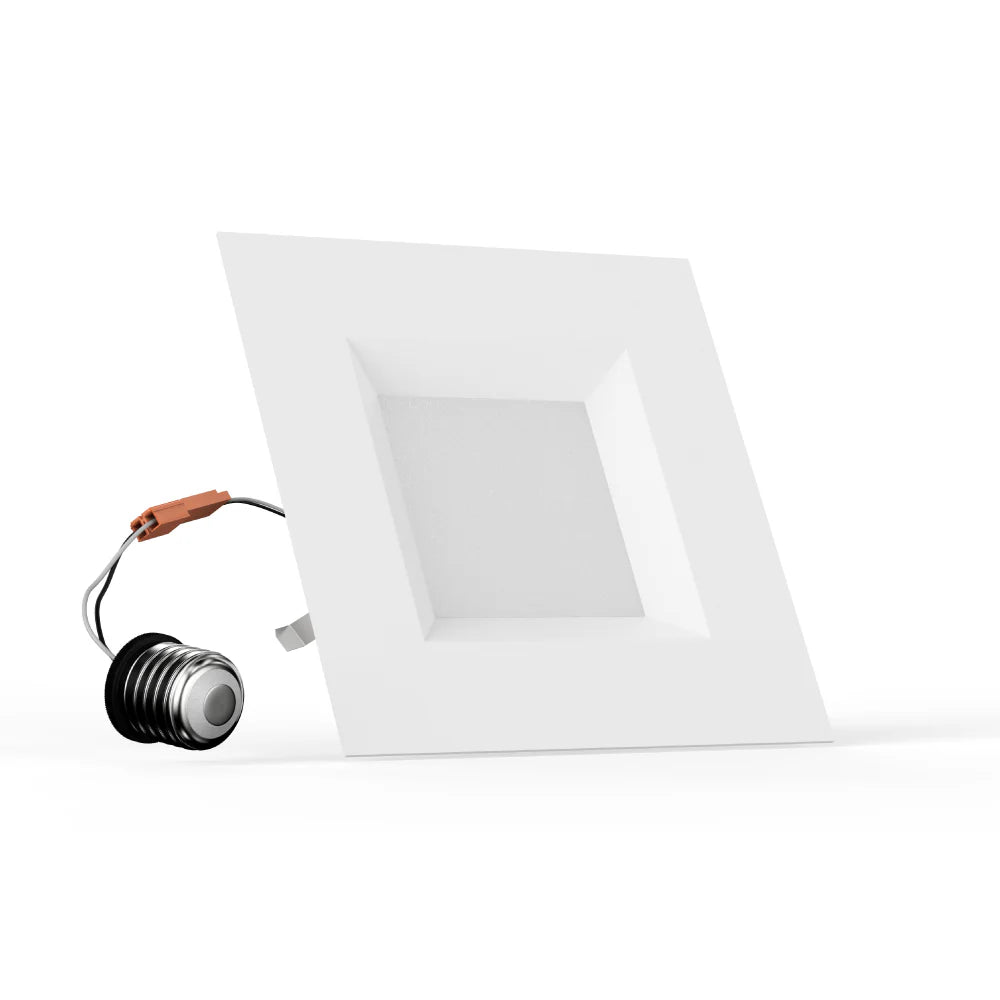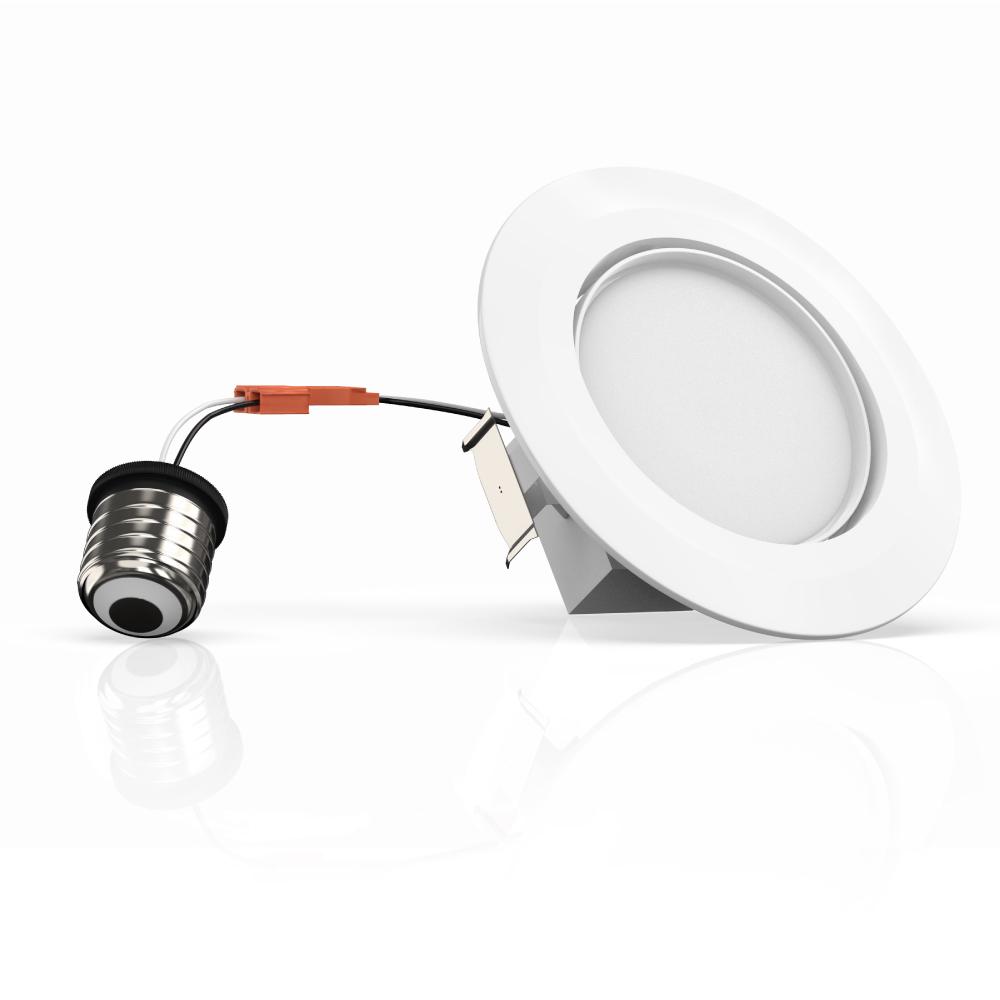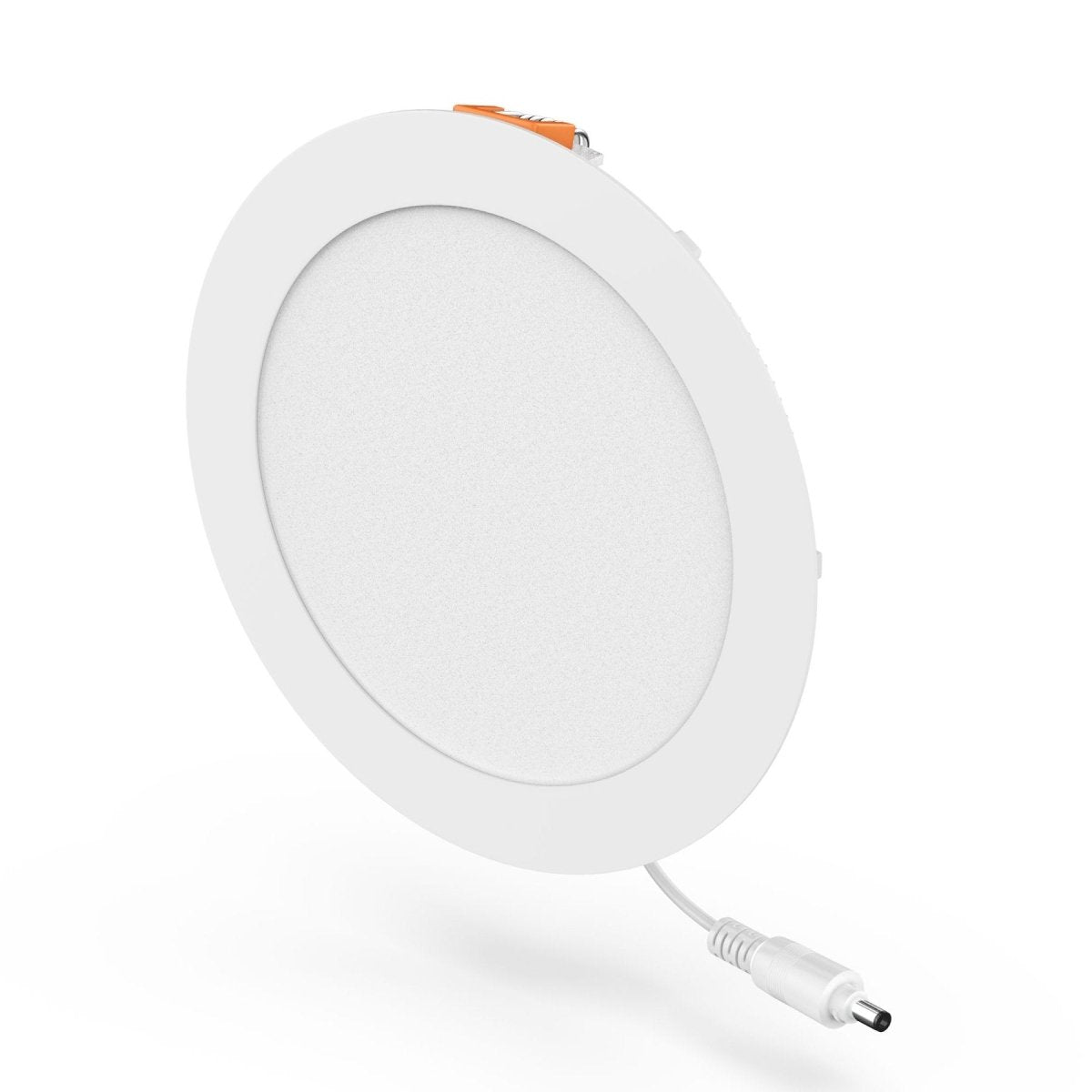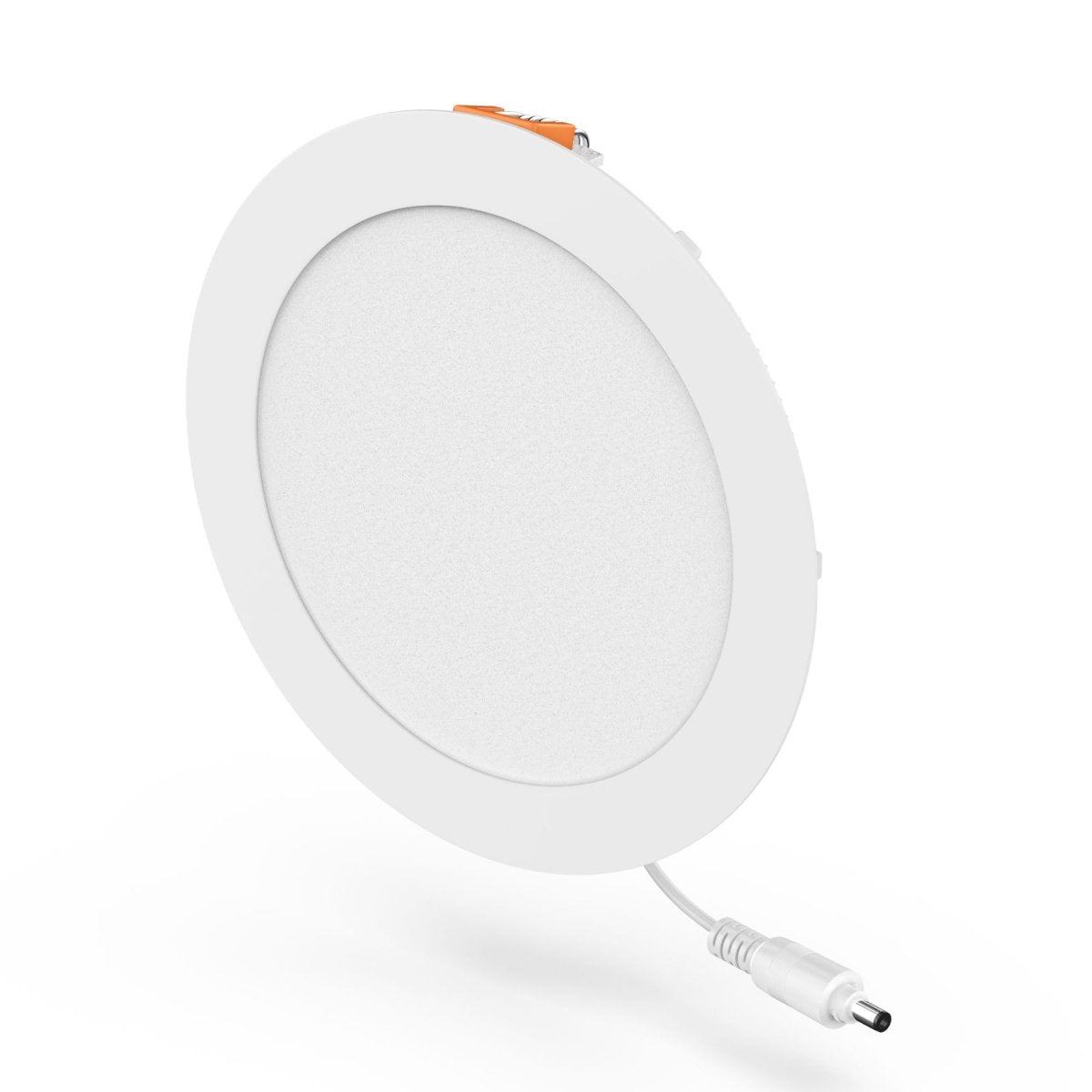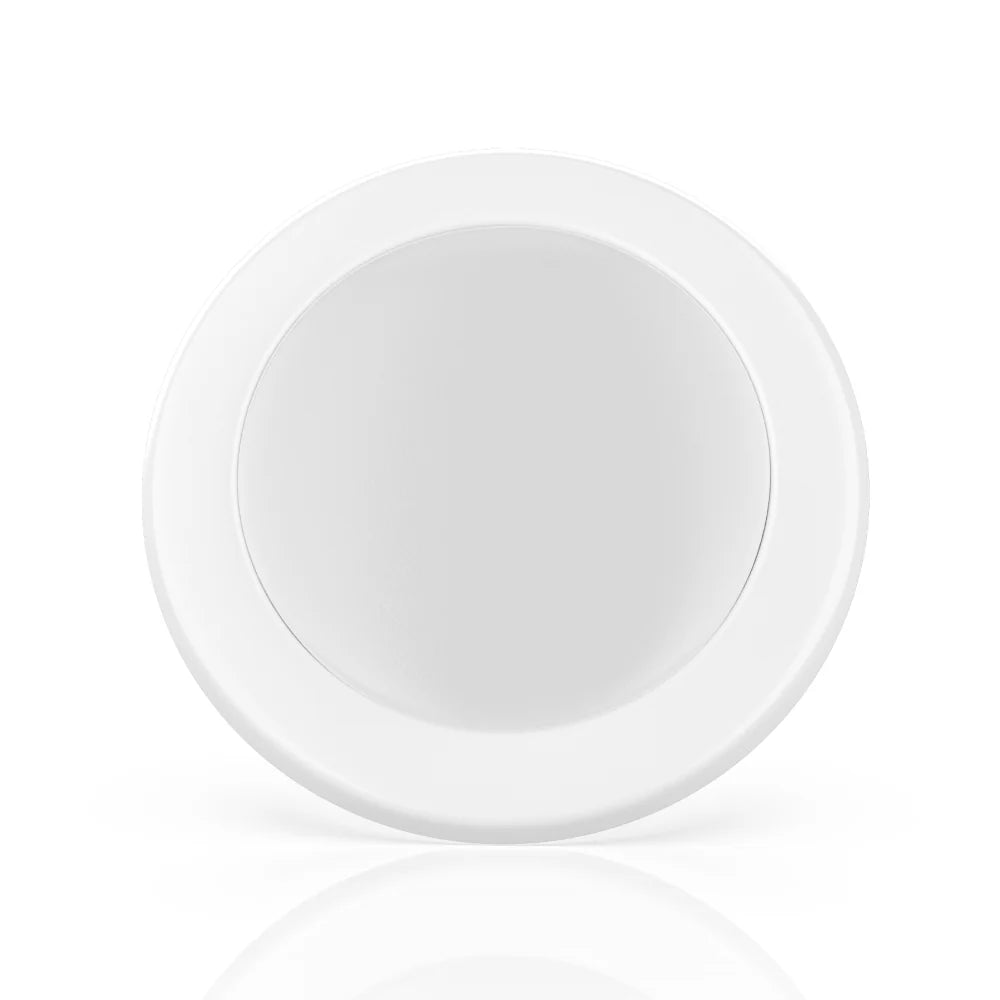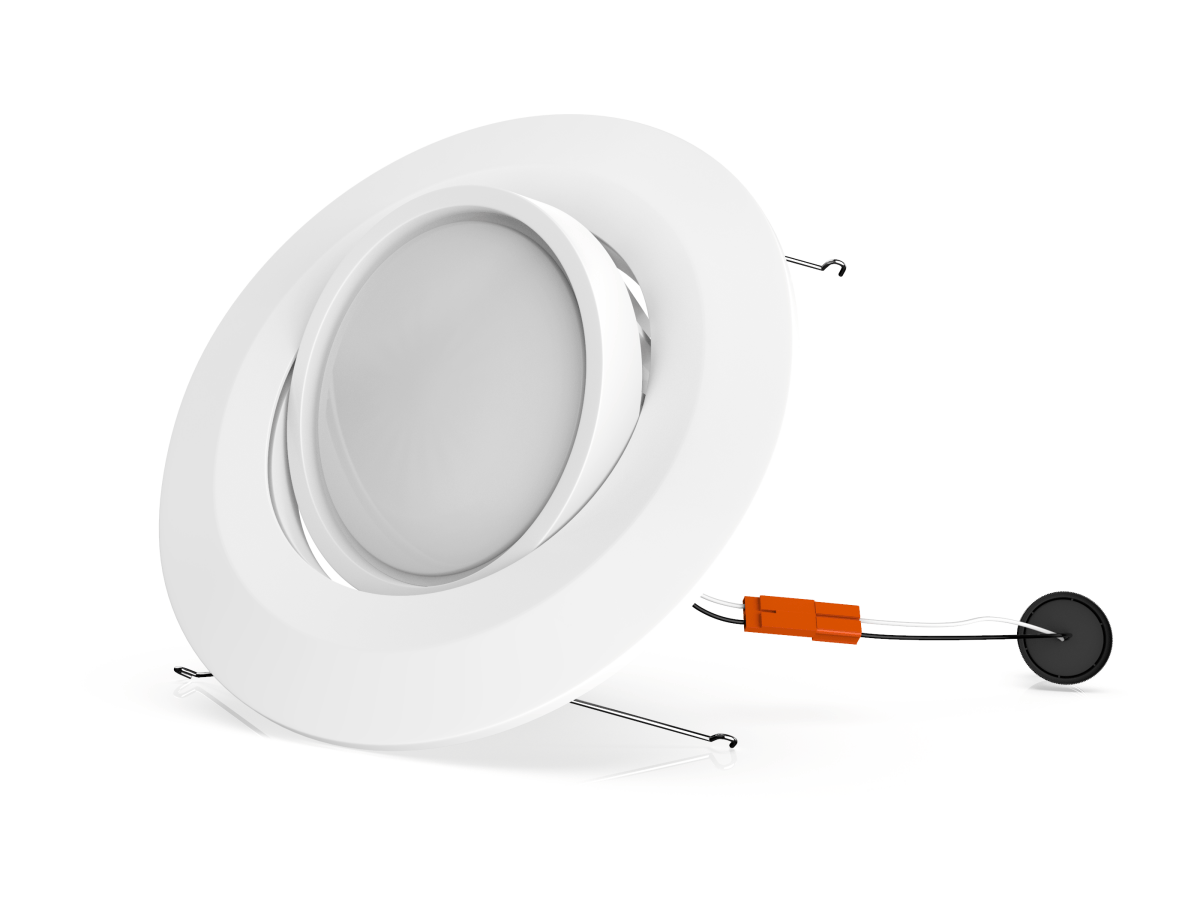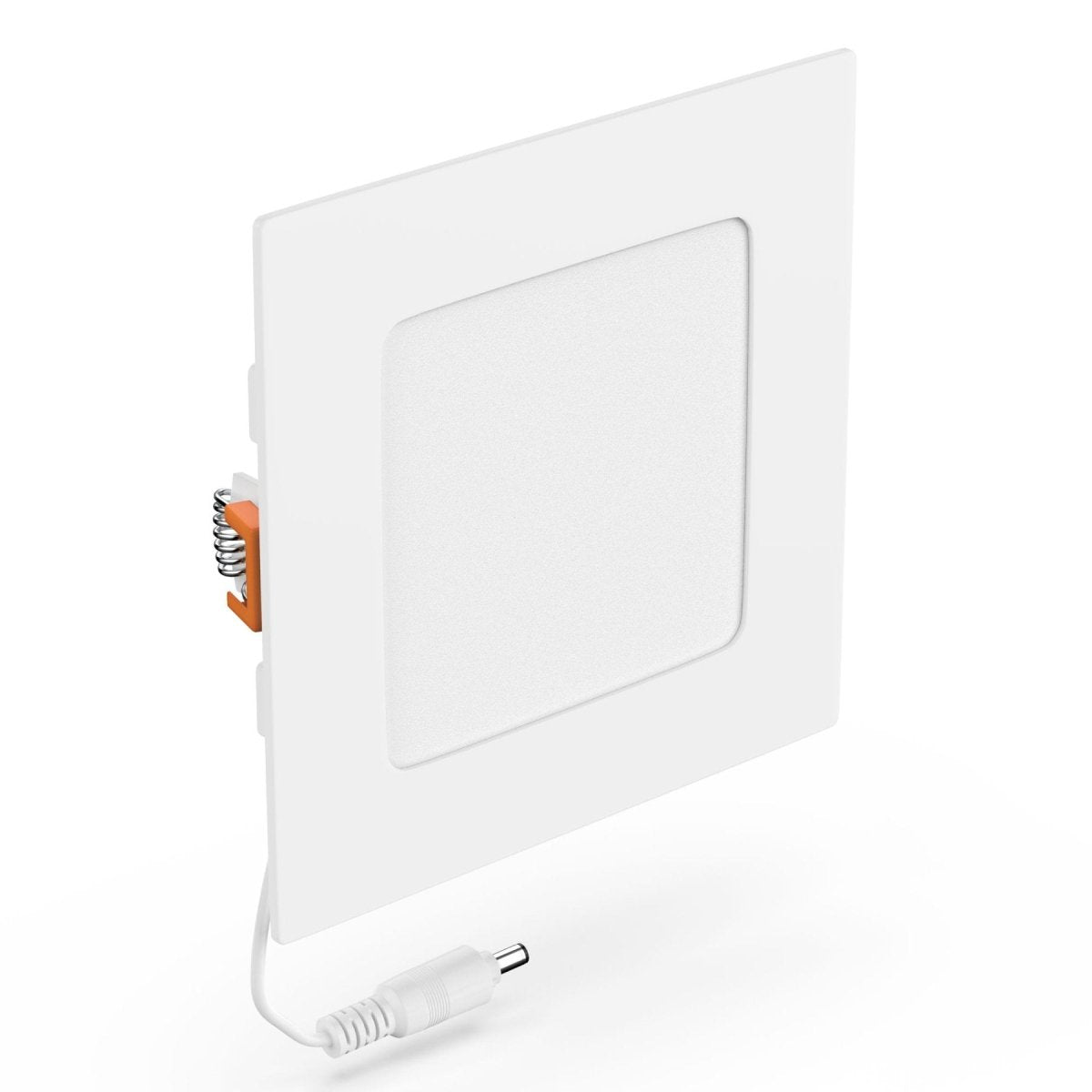Introduction
What are LED downlights? These small, efficient lighting fixtures have become a staple in modern homes and offices. LED Downlights are recessed lights, typically installed in ceilings, providing a sleek, contemporary look. Their importance lies in their energy efficiency, long lifespan, and superior lighting quality compared to traditional lighting options.
Understanding LED Downlights
Definition and Features
LED downlights are light fixtures that use Light Emitting Diodes (LEDs) as the source of illumination. They are known for their energy efficiency, durability, and minimal heat output. Unlike traditional incandescent or fluorescent lights, LEDs convert most of their energy into light rather than heat, making them a safer and more economical option.
Types of LED Downlights
LED downlights come in various types, including fixed, adjustable, and gimbal downlights. Each type serves different purposes, from providing general lighting to highlighting specific areas or objects in a room.
Replaceable vs. Non-Replaceable LED Downlights
Explanation of Replaceable LED Downlights
Replaceable LED downlights feature bulbs that can be easily swapped out when they reach the end of their lifespan. This type of downlight offers flexibility and convenience, allowing users to replace only the bulb rather than the entire fixture.
Explanation of Non-Replaceable LED Downlights
Non-replaceable LED downlights, on the other hand, integrate the LED module into the fixture. When the LED fails, the entire fixture must be replaced. This design often results in a sleeker appearance and improved energy efficiency but can be less convenient when it comes to maintenance.
Advantages of Replaceable LED Downlights
Cost-Effectiveness
Replaceable LED downlights can be more cost-effective in the long run. Instead of replacing the whole fixture, you only need to replace the bulb, which can be cheaper and less wasteful.
Longevity and Sustainability
These downlights promote sustainability by reducing electronic waste. Since you’re only replacing the bulb, there’s less material to dispose of, which is better for the environment.
Advantages of Non-Replaceable LED Downlights
Design and Aesthetics
Non-replaceable LED downlights often have a more streamlined and aesthetically pleasing design. The integration of the LED module into the fixture allows for a more compact and modern look.
Energy Efficiency
These downlights are typically more energy-efficient because the integrated design optimizes the performance of the LED module. This can result in lower energy consumption and reduced electricity bills.
Common Myths About LED Downlights
Myth: LED Downlights Are Too Expensive
While the initial cost of LED downlights can be higher than traditional lighting, the long-term savings on energy bills and replacement costs make them a more economical choice over time.
Myth: LED Downlights Are Hard to Install
Many LED downlights are designed for easy installation, often requiring only basic tools and a few simple steps. There are plenty of DIY guides available to assist homeowners in the process.
How to Choose the Right LED Downlight
Consider the Room Size and Function
When choosing LED downlights, consider the size of the room and its primary function. Larger rooms may require more powerful or multiple downlights to ensure adequate illumination.
Lumens and Brightness
Lumens measure the brightness of a light source. For LED downlights, higher lumens mean brighter light. Choose the appropriate lumen output based on the room’s needs.
Color Temperature
Color temperature affects the ambiance of a room. LED downlights come in various color temperatures, from warm white (2700K) to cool white (5000K), allowing you to create the desired atmosphere.
Installation of LED Downlights
DIY Installation Tips
Installing LED downlights can be a DIY project for those comfortable with basic electrical work. Ensure you have the necessary tools, follow safety precautions, and refer to the manufacturer’s instructions.
When to Call a Professional
For more complex installations or if you’re unsure about the process, it’s best to hire a professional electrician. This ensures the job is done safely and correctly.
Maintenance of LED Downlights
Cleaning Tips
Regular cleaning helps maintain the performance and appearance of LED downlights. Use a soft, dry cloth to wipe the fixtures, avoiding harsh chemicals that could damage the finish.
Troubleshooting Common Issues
If an LED downlight stops working, check for loose connections or a tripped circuit breaker. If the problem persists, it may be time to replace the bulb or fixture.
Environmental Impact of LED Downlights
Energy Savings
LED downlights consume significantly less energy than traditional lighting options, resulting in lower electricity bills and reduced environmental impact.
Reduction in Carbon Footprint
Using LED downlights contributes to a lower carbon footprint. Their energy efficiency and long lifespan mean fewer replacements and less waste, benefiting the environment.
Cost Analysis: LED Downlights vs. Traditional Lighting
Initial Costs
While LED downlights may have higher upfront costs, their long-term savings on energy and replacement costs make them a worthwhile investment.
Long-Term Savings
Over time, the reduced energy consumption and longer lifespan of LED downlights lead to significant savings, making them more cost-effective than traditional lighting.
Innovations in LED Downlight Technology
Smart LED Downlights
Smart LED downlights can be controlled via smartphone apps or voice assistants, offering convenience and customization options such as dimming and color changes.
Dimmable LED Downlights
Dimmable LED downlights allow you to adjust the brightness to suit different activities and moods, enhancing the versatility of your lighting setup.
Safety Considerations
Overheating Prevention
LED downlights produce minimal heat, reducing the risk of overheating and fire hazards, making them a safer choice for home and office use.
Safe Disposal
When disposing of LED downlights, follow local guidelines to ensure safe and environmentally-friendly disposal. Some components can be recycled, reducing waste.
Customer Reviews and Experiences
Positive Experiences
Many users praise LED downlights for their energy efficiency, longevity, and modern design. They appreciate the bright, clean light and the reduction in energy bills.
Common Complaints
Some users find the initial cost of LED downlights to be high and may encounter issues with non-replaceable fixtures when the LED fails.
Conclusion
LED downlights offer numerous benefits, including energy efficiency, long lifespan, and sleek design. Whether you choose replaceable or non-replaceable options, these fixtures provide a modern, cost-effective lighting solution for any space. By understanding their features and maintenance needs, you can make an informed decision that enhances your home or office lighting.
FAQs
Q. Can LED Downlights Be Dimmed?
A. Yes, many LED downlights are dimmable, allowing you to adjust the brightness to suit your needs.
Q. How Long Do LED Downlights Last?
A. LED downlights typically last between 25,000 to 50,000 hours, depending on the quality and usage.
Q. Are LED Downlights Safe for Home Use?
A. Yes, LED downlights are safe for home use. They produce minimal heat and are less prone to causing fires compared to traditional lighting.
Q. Do LED Downlights Come in Different Colors?
A. Yes, LED downlights are available in various color temperatures, from warm white to cool white, to suit different preferences and settings.
Q. What Should I Do If My LED Downlight Stops Working?
A. First, check for loose connections or a tripped circuit breaker. If the problem persists, you may need to replace the bulb or fixture.
















































































